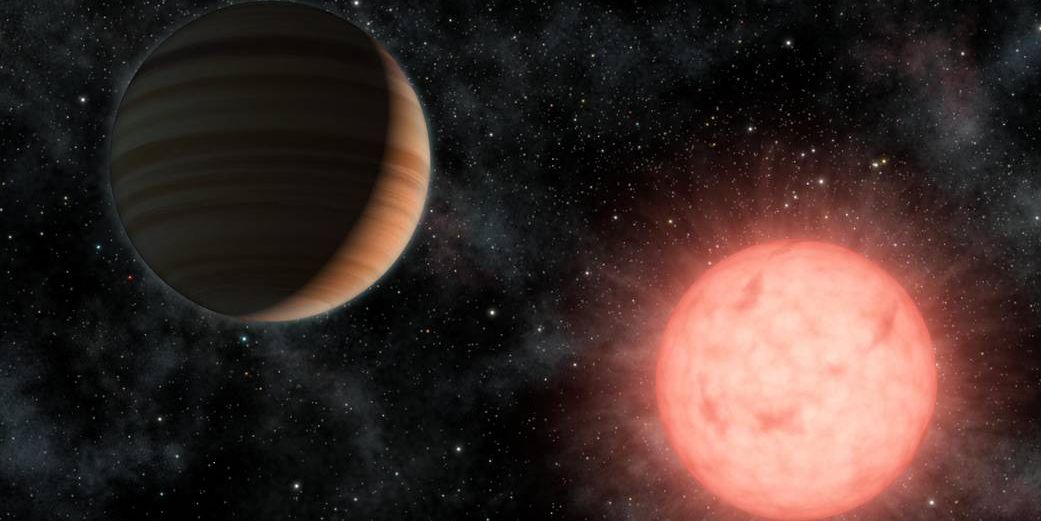Scientists have identified countless planets over the years, but one of the most recent discoveries saw planets outside of our solar system emitting radio signals for the very first time. Despite everything we already know about outer space, new things are constantly being learned. New technology is created, science advances, and the sheer vastness of space ensures there's always something to keep astronomers busy.
In any given week, this can result in some truly amazing stories. NASA's Hubble telescope recently captured two galaxies that appear to be 'dancing' with each other, and the Perseverance rover shared a jaw-dropping panorama of the Martian surface. Scientists also analyzed the first samples from the Chang'e 5 lander, revealing that volcanic activity was happening on the Moon far later than anyone had ever imagined. No matter the day or season, there's always something new to be found.
In a report published on Phys.org, one of the latest space-related discoveries has to do with newly found planets. Dr. Benjamin Pope and his colleagues from the Dutch National Observatory had been using the Low Frequency Array (LOFAR) telescope in the Netherlands to try and find planets via radio technology. It's long been known that planets in our own Solar System emit radio waves, but up until now, scientists haven't been able to locate outside planets with this same property. However, that's now changed. Explaining his recent findings from the LOFAR telescope, Dr. Pope said, "We've discovered signals from 19 distant red dwarf stars, four of which are best explained by the existence of planets orbiting them."
Why These Hidden Planets Are Important
While the discovery of planets isn't anything new, the fact that these ones were found from radio signals is. As mentioned above, the only planets previously found emitting radio signals are ones in our Solar System. Scientists and astronomers have previously tried using radio tech to search for new planets, but with these past attempts, all they found was interstellar gas, black holes, etc. That's all changed with this latest discovery. As Dr. Pope explains, "This discovery is an important step for radio astronomy and could potentially lead to the discovery of planets throughout the galaxy."
In this particular case, Pope and his crew used LOFAR to study red dwarf stars. Compared to other star types, red dwarfs are known for having enormous amounts of magnetic and radio emissions. LOFAR detected these red dwarfs without a problem, but it also found stars without any magnetic activity. After analyzing the findings, lead author of the research paper, Dr. Joseph Callingham, determined this was explained by a magnetic connection between the mysterious stars and hidden planets orbiting them. The best comparison for this is Jupiter and its Io moon. The magnetic field between Jupiter and Io is so strong that Io regularly shoots material off into space. A similar relationship is likely present with the newly found stars and the hidden planets. Per Dr. Callingham, "Our model for this radio emission from our stars is a scaled-up version of Jupiter and Io, with a planet enveloped in the magnetic field of a star."
While there's no denying the importance of this discovery, the team isn't done with their work just yet. Next, they need to confirm that their theory of hidden planets is 100 percent accurate. Dr. Pope is currently labeling the discovery as a " planet-star interaction" and hopes follow-up observations confirm this is true. Regardless of what happens, this is a huge step forward for planet discovery going forward. Whether it be with the LOFAR telescope or the more powerful Square Kilometer Array telescope hopefully turning on in 2029, this is likely the first of many radio signal discoveries coming down the pipeline.
Source: Phys.org


